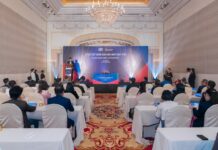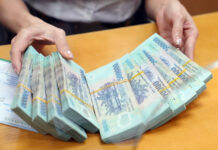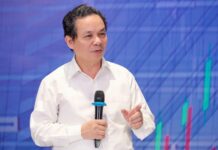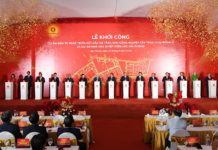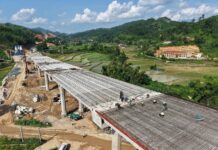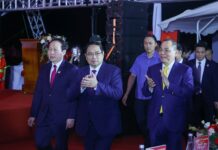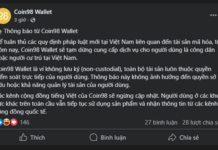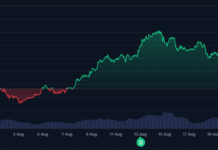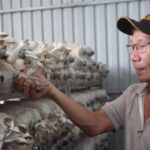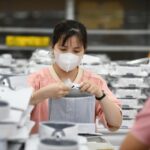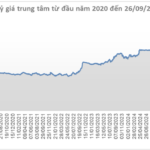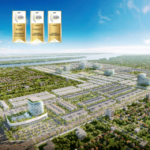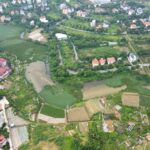The Vietnamese livestock industry is making significant strides, contributing approximately 26% to the country’s agricultural GDP, according to Mr. Pham Kim Dang, Deputy Director of the Livestock Department. To maintain sustainable livestock development, the industry is focused on implementing the “Livestock Development Strategy for the period 2021-2030, with a vision towards 2045.” This strategy aims to achieve export values of livestock products ranging from $1-1.5 billion by 2025 and $3-4 billion by 2030.
LARGE LIVESTOCK ENTERPRISES HAVE EMBRACED SUSTAINABLE PRACTICES
Mr. Dang emphasized that the Livestock Development Strategy aims to harness the potential and advantages of ecological regions to promote comprehensive and sustainable development along the value chain. This includes ensuring food safety, environmental friendliness, climate change adaptability, and humane treatment of animals. The strategy also focuses on industrializing and modernizing the livestock industry, promoting organic farming practices alongside traditional methods, and meeting the demands of both domestic and international markets.
Leading companies in Vietnam, such as C.P. Vietnam, TH Group, and GREENFEED Vietnam, have successfully adopted sustainable and high-tech circular farming models. Mr. Dang highlighted that when businesses prioritize green and environmentally friendly production practices, consumers receive the best products that surpass stringent global standards.
At the 3rd Vietnam Circular Economy Forum in December 2024, Mr. Pawalit – Ua Amornwanit, CEO of C.P. Vietnam (CPV), shared insights into circular economics in livestock farming. CPV was recognized with a “double” honor: ranking in the “Top 100 Sustainable Businesses in Vietnam” and receiving a specialized title in the “Top 5 Enterprises Pioneering the Implementation of Circular Economy and Greenhouse Gas Emission Reduction in 2024.”

“CPV operates nearly 20 factories in various provinces and cities across the country, employing 30,000 workers,” Mr. Pawalit – Ua Amornwanit stated. “The company collaborates with farmers to form a closed-loop chain in livestock farming, from ‘farm to table.’ In addition to pig and poultry farming, CPV has established a chain in aquaculture. Our factories and branches continuously strive to implement green and circular economic practices in production and business operations. Through circular green production, CPV’s livestock products meet the stringent standards of importing countries. Along with domestic consumption in Vietnam, CPV’s products are now exported to over ten countries and territories.”
CPV has successfully exported processed seafood, sausages, and chicken, with annual volumes reaching tens of thousands of tons, including over 20,000 tons of seafood alone. In 2024, CPV Food Binh Phuoc exported approximately $200 million worth of chicken products to Japan, China, Laos, Cambodia, and other countries. The company plans to expand its export markets to Europe, the Americas, and the Middle East in the coming years.
To facilitate exports, CPV has incorporated the circular economic model into its business operations over the years. Regarding plastic waste, CPV has fulfilled its Extended Producer Responsibility (EPR) as mandated by Vietnamese law by declaring on the EPR system and joining the PRO Vietnam Packaging Recycling Alliance. These actions contribute to the proactive expansion of waste recycling and treatment,” shared Mr. Pawalit – Ua Amornwanit.
EFFECTIVE UTILIZATION OF LIVESTOCK WASTE
According to the Livestock Department, the livestock industry generates an average of 60 million tons of animal manure and more than 290 million cubic meters of wastewater annually. While a portion of this waste is treated to produce organic fertilizer or used as a feedstock for biogas to generate renewable energy, most of it is discharged into the environment, leading to waste and pollution. Therefore, utilizing livestock waste and by-products offers dual benefits: environmental protection and increased value for the livestock industry.
The National Agricultural Extension Center has been implementing circular livestock farming models and applying advanced techniques to utilize agricultural by-products. One such model, combining pig farming with organic crop cultivation, is being piloted in six provinces: Vinh Phuc, Thai Nguyen, Nam Dinh, Quang Binh, Thua Thien Hue, and Dong Nai. In these models, waste is treated with biological preparations to produce organic fertilizer for crops, which, in turn, provide food for the pigs, creating a closed-loop production system.
By utilizing agricultural by-products like corn stalks and straw, these models reduce feed costs and increase economic efficiency by 15 to 20%. Livestock waste is treated with biological preparations to produce organic fertilizer for crop cultivation. Annually, these models generate approximately 20,000 tons of organic fertilizer for crops, especially grass and biomass corn used as livestock feed.
In Hoa Binh province, T&T 159 Livestock Joint Stock Company, with its large-scale farm chain, has adopted a circular economic model by constructing biogas digesters and using bio-bedding in closed-loop farming. Mr. Ha Van Thang, Chairman of the Company’s Board of Directors, shared that they implement models such as the integrated area, self-collection of agricultural waste and by-products for livestock feed, and organized and linked farming with bio-bedding production for waste treatment in livestock farming. These practices effectively address environmental impacts during production and business operations, significantly contributing to restoring the natural ecological balance.
However, Mr. Dang acknowledged that circular livestock farming in Vietnam also faces challenges. There is a lack of specific policies to attract organizations and individuals to invest in circular agriculture. Legal regulations on recycling and reusing livestock waste and agricultural by-products in a circular manner are not yet comprehensive. The input material region for implementing circular livestock waste and agricultural by-products is also unstable, and there is a lack of a data system to assess the potential for by-product utilization in Vietnam.
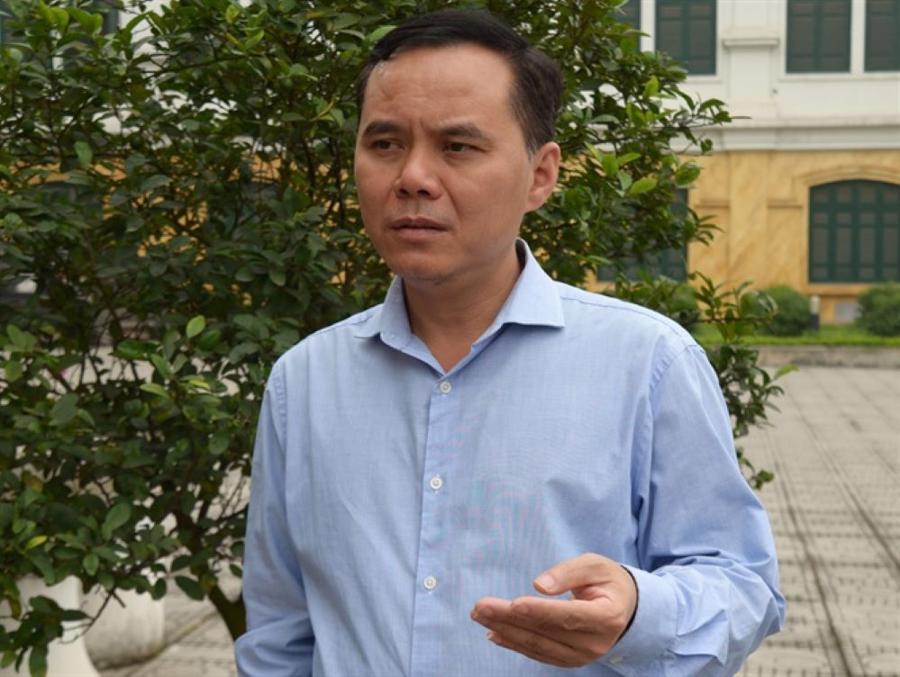
The Green Revolution: A New Opportunity for the Textile Industry in the Circular Economy
The domestic textile industry faces challenges in adhering to green production and circular economy regulations. However, there lies a significant opportunity for these businesses to tap into trillion-dollar markets by ensuring product origin traceability and environmental sustainability.







